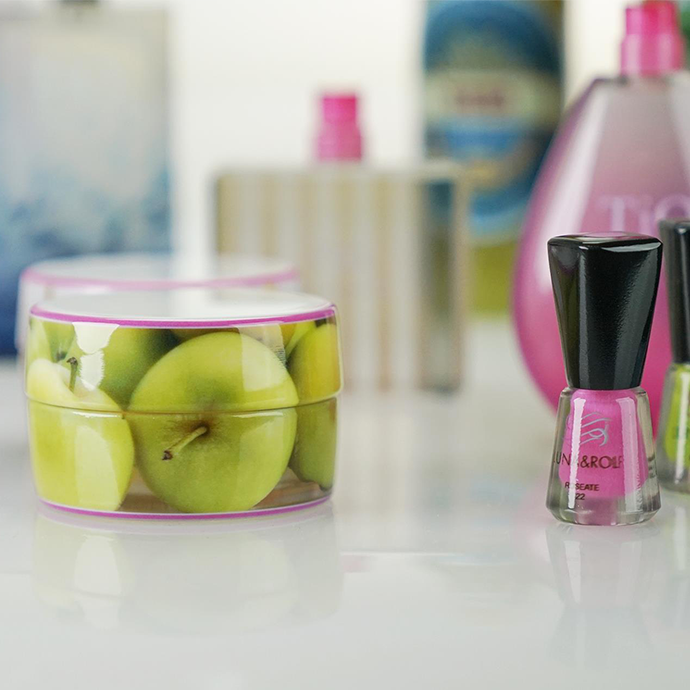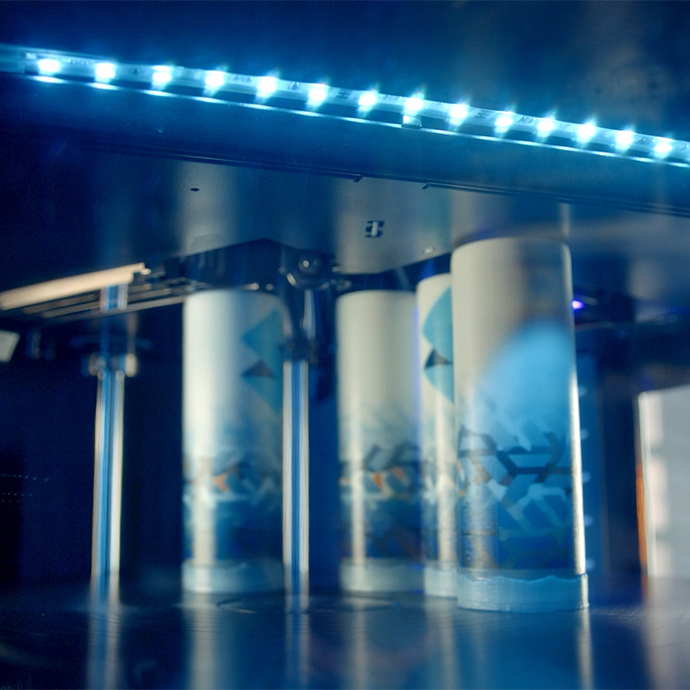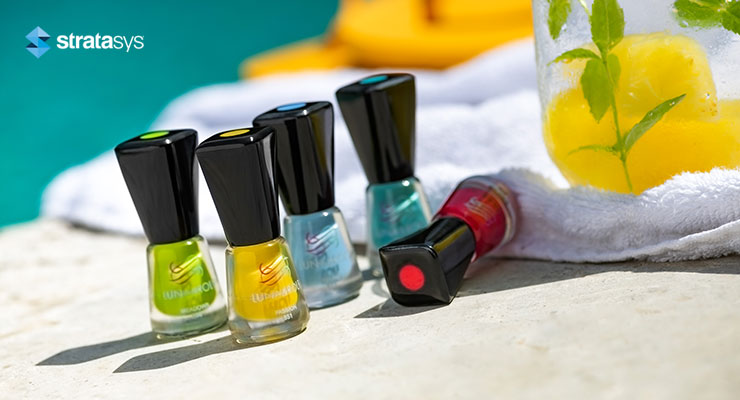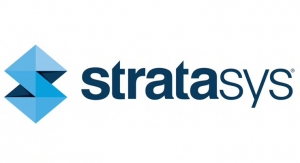Anyone who’s ever shopped for personal care items, groceries or even dog food knows the value of packaging to sway our buying decisions. With a 30-minute shopping trip exposing us to an estimated 20,000 product choices, it’s clear – design matters.

“Packaging can’t just sit on the shelf. It doesn't just have to be noticed. It has to speak to that consumer in a very specific way." -Tony Guard, Kinetic Vision.
Be a Consumer Brand Standout, but what does this mean to a designer? It means realistic prototypes help shorten the design cycle, speed approvals and accelerate time-to-market. Traditionally, consumer product packaging involves five stages before manufacturing: concept generation, product engineering, sampling, testing and brand consistency. The full process generates between 10 and 100 prototypes per development cycle, which can become very costly, very quickly. This is especially true when external vendors are tasked with creating realistic prototypes for each stage of the development process.

Jeremy Garrard, Director of Market Development at Quadpack Industries said, “With the full-color capability of PolyJet 3D Printers, we can control the schedule, we can control the cost and our time-to-market is greatly reduced.” Watch the discussion with Colton Mehlhoff of Stratasys here.
On average, each stage requires prototypes that can cost on average $1500 to cover labor, tooling, painting, hand finishing, machining and color matching. At that rate, one product requiring 35 prototypes during the development cycle could cost almost $21,000. Imagine what the total prototyping cost becomes when several products requiring multiple packaging iterations are developed during each cycle.
Collectively, this process can take months, depending on how many products and stakeholders are at play, and how many design iterations are required. Full-color 3D printing has emerged as a highly useful tool in the fast-moving consumer goods industry. This additive process saves both time and money with approximately 25% of companies in consumer goods adopting 3D printing, with the number of adopters expected to climb every year.

By leveraging advanced software and technologies like 3D printing, progressive designers have a formula to accelerate innovation and expedite packaging and product design timelines; all while substantially reducing associated costs. Watch video here.
Leaders in the consumer goods industry understand that to be successful and increase sales, they must create packaging that looks great while also being practical, technically innovative and low on material waste. 3D printing gives these leading brands the speed and design freedom to determine successful packaging, fast. More importantly, 3D printing helps top companies go to market quicker than their competitors by eliminating months from the development process.
Leading brands know it’s most beneficial to use 3D models at the beginning, middle and end of a design cycle. More iterations at the start means design flaws are discovered early, and resolved with enough time to test (and test) again. Key features are validated with speed, and the design is finalized with confidence, making it a smooth transition to manufacturing. When packaging is only prototyped at the end of the cycle, there is often not enough time or money left to make the changes that will ensure success in the market.

The most successful companies in the world understand how critically important it is to be quick to market and to differentiate themselves from their competition by creating irresistibly attractive products and packaging.
Maximize 3D Printing For Every Stage.
The entire workflow can move faster and be more efficient when using full-color, multi-material 3D printing at every stage of development, from ideation to testing and beyond.
Remember, if you can dream it, you can print it!

“Packaging can’t just sit on the shelf. It doesn't just have to be noticed. It has to speak to that consumer in a very specific way." -Tony Guard, Kinetic Vision.
Be a Consumer Brand Standout, but what does this mean to a designer? It means realistic prototypes help shorten the design cycle, speed approvals and accelerate time-to-market. Traditionally, consumer product packaging involves five stages before manufacturing: concept generation, product engineering, sampling, testing and brand consistency. The full process generates between 10 and 100 prototypes per development cycle, which can become very costly, very quickly. This is especially true when external vendors are tasked with creating realistic prototypes for each stage of the development process.

Jeremy Garrard, Director of Market Development at Quadpack Industries said, “With the full-color capability of PolyJet 3D Printers, we can control the schedule, we can control the cost and our time-to-market is greatly reduced.” Watch the discussion with Colton Mehlhoff of Stratasys here.
On average, each stage requires prototypes that can cost on average $1500 to cover labor, tooling, painting, hand finishing, machining and color matching. At that rate, one product requiring 35 prototypes during the development cycle could cost almost $21,000. Imagine what the total prototyping cost becomes when several products requiring multiple packaging iterations are developed during each cycle.
Collectively, this process can take months, depending on how many products and stakeholders are at play, and how many design iterations are required. Full-color 3D printing has emerged as a highly useful tool in the fast-moving consumer goods industry. This additive process saves both time and money with approximately 25% of companies in consumer goods adopting 3D printing, with the number of adopters expected to climb every year.

By leveraging advanced software and technologies like 3D printing, progressive designers have a formula to accelerate innovation and expedite packaging and product design timelines; all while substantially reducing associated costs. Watch video here.
Leaders in the consumer goods industry understand that to be successful and increase sales, they must create packaging that looks great while also being practical, technically innovative and low on material waste. 3D printing gives these leading brands the speed and design freedom to determine successful packaging, fast. More importantly, 3D printing helps top companies go to market quicker than their competitors by eliminating months from the development process.
Leading brands know it’s most beneficial to use 3D models at the beginning, middle and end of a design cycle. More iterations at the start means design flaws are discovered early, and resolved with enough time to test (and test) again. Key features are validated with speed, and the design is finalized with confidence, making it a smooth transition to manufacturing. When packaging is only prototyped at the end of the cycle, there is often not enough time or money left to make the changes that will ensure success in the market.

The most successful companies in the world understand how critically important it is to be quick to market and to differentiate themselves from their competition by creating irresistibly attractive products and packaging.
Maximize 3D Printing For Every Stage.
The entire workflow can move faster and be more efficient when using full-color, multi-material 3D printing at every stage of development, from ideation to testing and beyond.
Remember, if you can dream it, you can print it!













